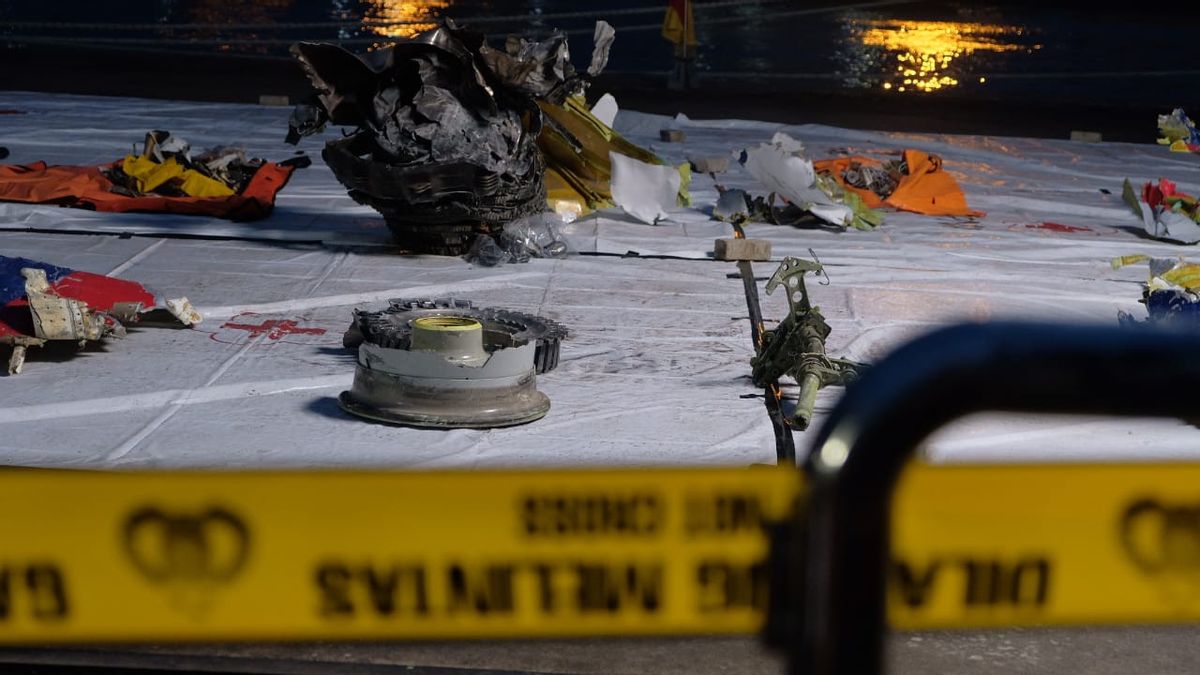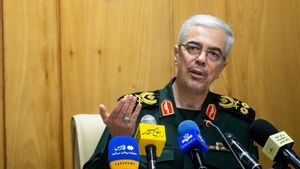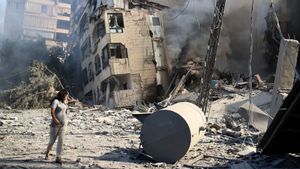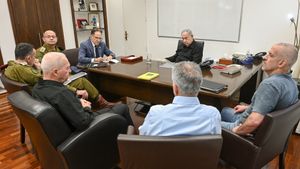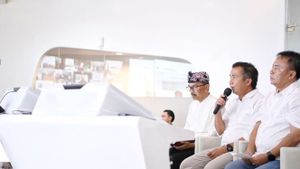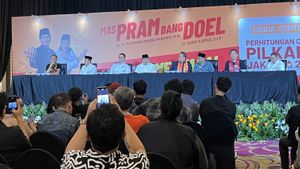JAKARTA - Aviation industry policy and communication analyst Kleopas Danang Bintoroyakti said aircraft age is not the only determinant of aviation safety safety factors.
"The age of the aircraft does not determine the safety factor, because it is the maintenance factor that determines it," said Danang as quoted by Antara in Jakarta, Tuesday.
The statement was in response to the tragedy of the Sriwijaya Air SJ-182 plane crash on Saturday, January 9 at 14:40 WIB in the waters of the Thousand Islands, Jakarta. The Boeing 737-500 medium-body aircraft was produced in 1994 or is 26 years old.
Based on the Regulation of the Minister of Transportation Number 155 of 2016 concerning the Age Limit for Airplanes Used for Commercial Air Transportation Activities, aircraft in the category of passenger transportation operating in Indonesia are 35 years old at most. As for aircraft other than that category, the maximum age is 45 years.
Regarding the type of Boeing 737-500 aircraft, Danang considered the Boeing 737 Classics series to be quite tough.
"So, if we look at the days when this aircraft was victorious, the Boeing 737 Classics were like the Boeing 737-300, -400, -500 which became the type of aircraft that was the most in demand in the market (narrow body aircraft), especially for airlines. "airlines that operate regional and domestic routes," said the ICAO Young Aviation Professional alumnus.
He added that in terms of specifications such as passenger capacity, cargo, and use of fuel, it is more efficient than its predecessor, the Boeing 737-200.
In addition, continued Danang, the structure and operating system for the Boeing 737-300, -400, -500 variants have the same and a common type rating license for pilots.
"So, of course, it will provide its own economic value for airlines that operate Boeing 737 Classics," he said.
He said the Boeing 737-500 is the shortest variant of the Boeing 737 so that the seating capacity is less, which is 100 passengers compared to the Boeing 737-300, -400 but has a slightly longer mileage than the -300 and -400 versions, which are 2,375 nautical. mile or the equivalent of 4,398 kilometers.
"In terms of operational requirements (operating requirements), such as the runway length (runway) of less than 2,000 m + - 1,830 m, which gives flexibility to be operated to secondary airports," he said.
However, Danang said for the Boeing 737-500 the majority had already retired (phase out), usually at the age of 21 years.
In Airworthy ConditionsPreviously, the Directorate General of Air Transportation of the Ministry of Transportation stated that the Sriwijaya Air SJ-182 aircraft was declared in an airworthy condition before flying.
The B737-500 aircraft has a certificate of airworthiness issued by the Ministry of Transportation with a validity period until December 17, 2021.
Based on existing data, the Sriwijaya SJ-182 aircraft entered the hangar on March 23, 2020 and did not operate until December 2020. Then, the Directorate General of Civil Aviation conducted an inspection on December 14, 2020.
Furthermore, on December 19, 2020, the aircraft began operating again without passengers / no commercial flight and on December 22, 2020, the aircraft operated again with passengers / commercial flight.
The Ministry of Transportation has followed up on the airworthiness directive issued by the Federal Aviation Administration (FAA) or the civil aviation regulator in the United States, by issuing an airworthiness order on July 24, 2020.
"The airworthiness order requires operators operating Boeing 737-300 / 400/500 and B737-800 / 900 aircraft to carry out engine checks before they can be flown," said Air Transportation Director General Novie Riyanto.
The Directorate General of Civil Aviation conducts an inspection to ensure that the implementation of the airworthiness order has been carried out on all aircraft before being operated again.
Before flying again, a corrosion inspection was carried out at the 5th stage engine due corrosion on December 2, 2020, which was carried out by the Airworthiness Inspector of the Directorate General of Civil Aviation.
The English, Chinese, Japanese, Arabic, and French versions are automatically generated by the AI. So there may still be inaccuracies in translating, please always see Indonesian as our main language. (system supported by DigitalSiber.id)
